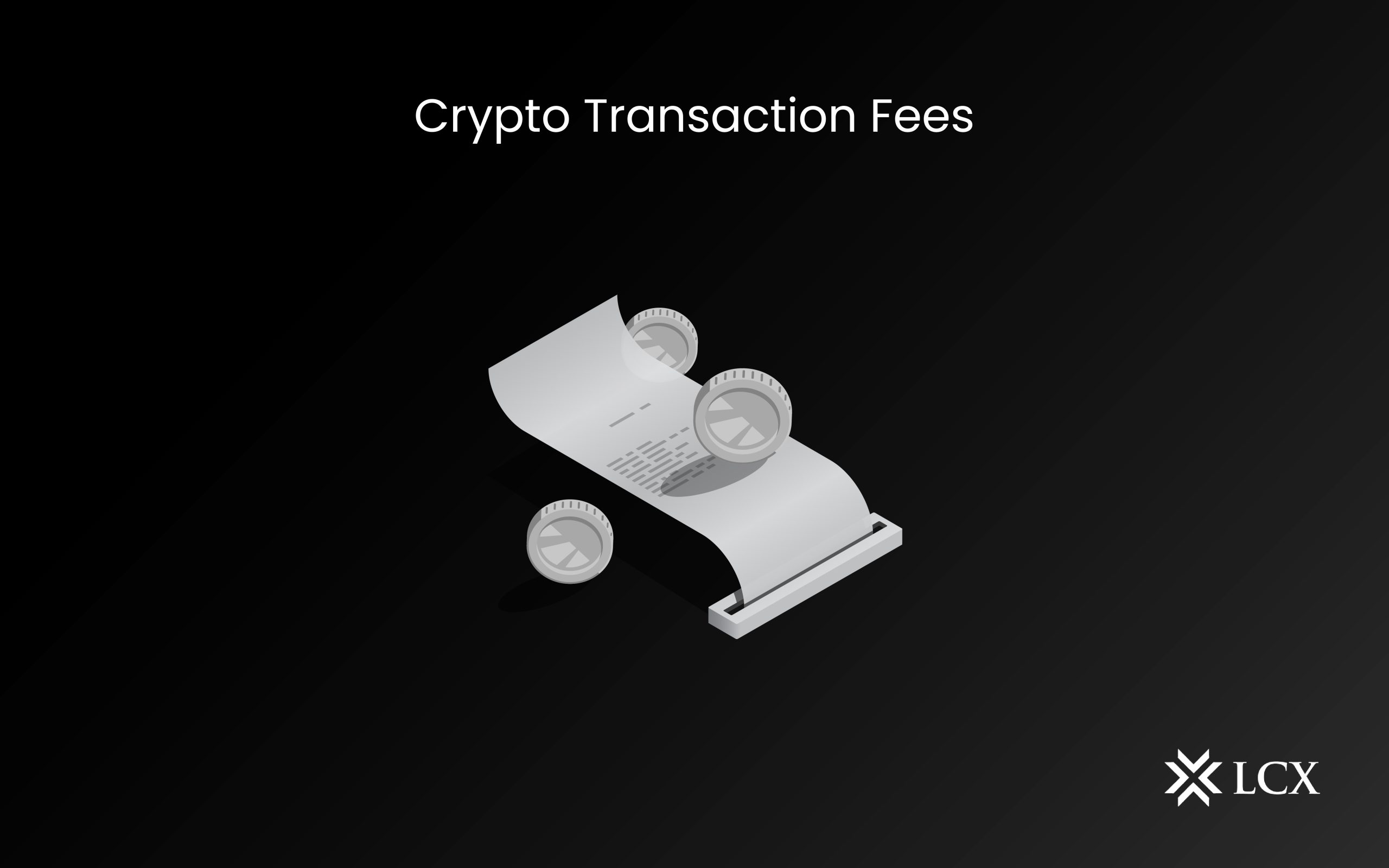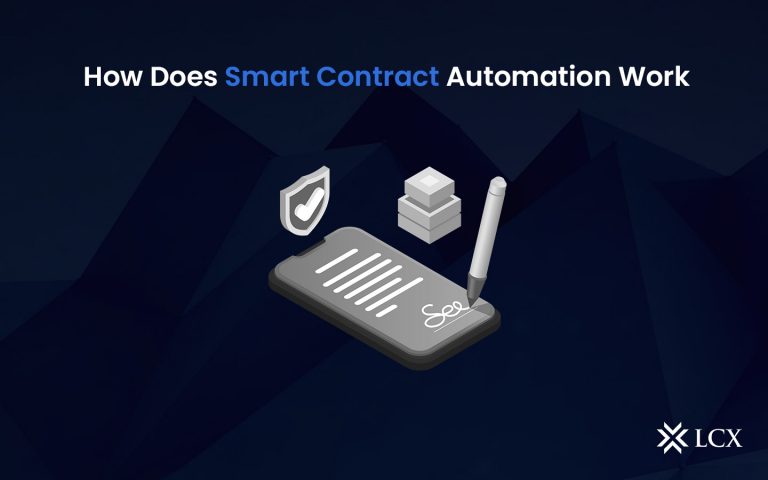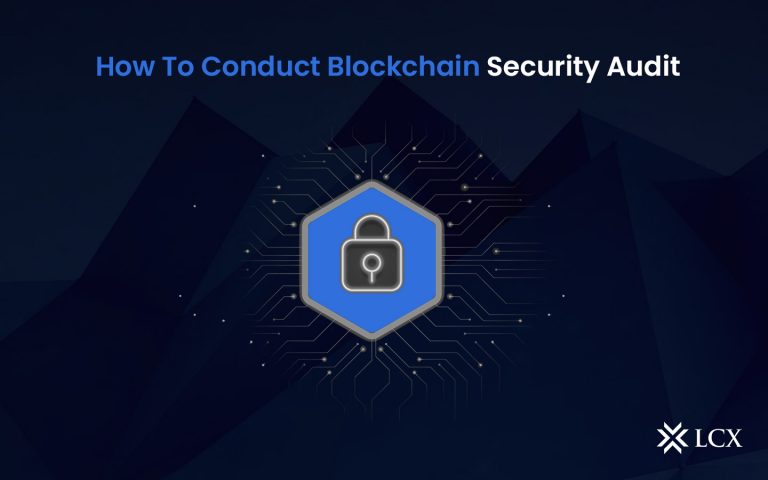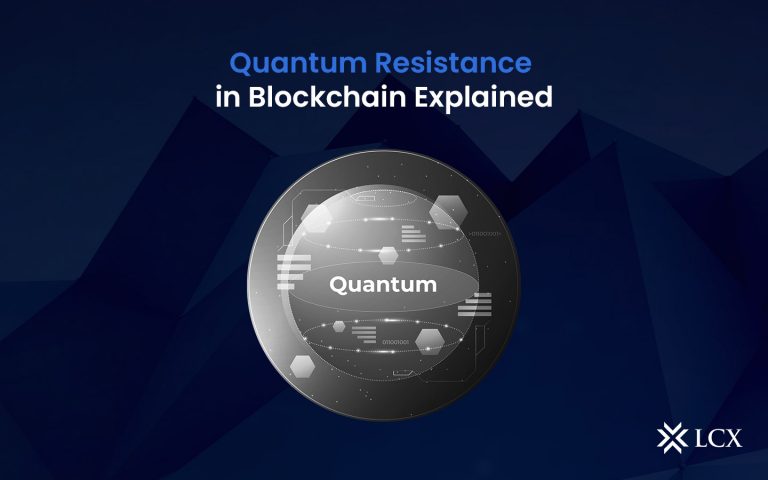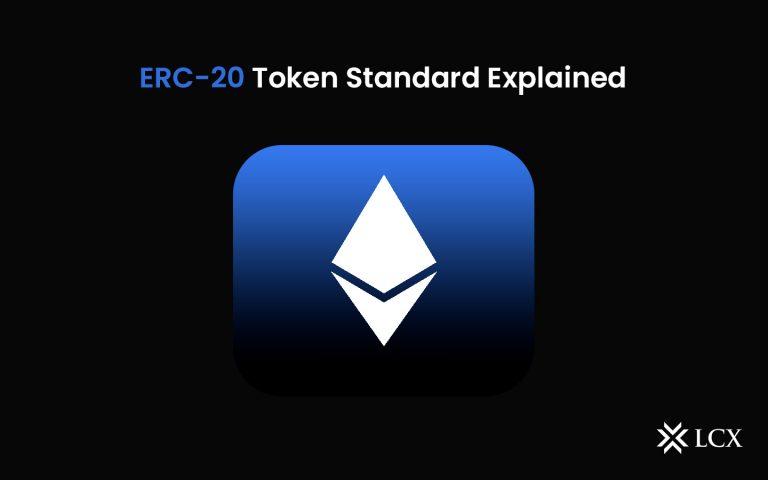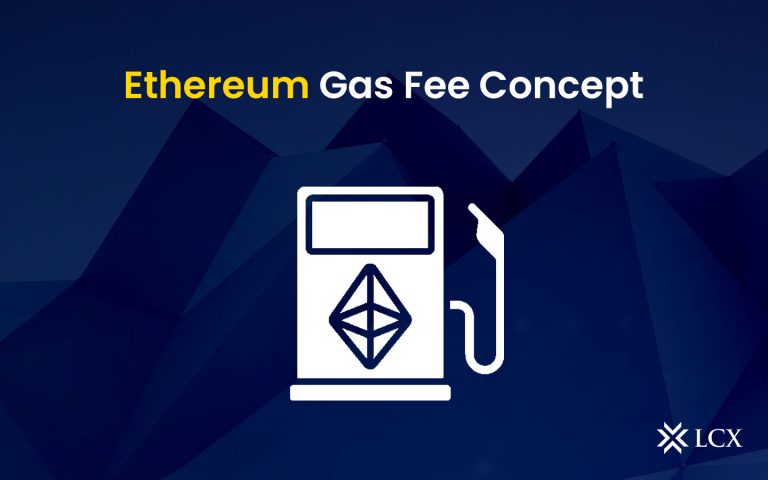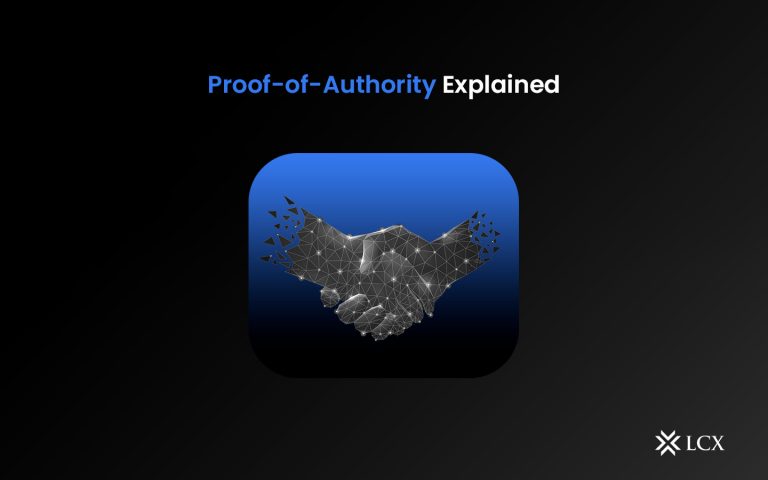Whether you want to transfer, withdraw, or do any transaction on the blockchain. There are many factors responsible for high or low fees. Let’s understand the concept deeply and learn about why Transaction Fees.
What are Transaction Fees?
Transaction fees are the fees that users pay to miners for including their transactions in the blockchain. The miners/validators are rewarded for securing the network. The market forces (demand and supply) influence the system of fees you pay. The transaction fees are produced in the network’s native currency.
For example – for any transaction occurring on Bitcoin, the user will pay in satoshi (BTC). Similarly, for any transaction on LCX, the fees will be paid in its native currency, LCX.
Why Transaction Fees?
Transaction fees play a critical role in blockchain networks, users run into them while sending and trading crypto. The two main reasons users need to pay transaction fees are –
- The compensation is paid to miners or validators (nodes) for processing and verifying the transactions.
- To ensure protection from spam attacks and that no fraudulent transactions will take place.
Transaction fees are not fixed, and there are many factors responsible for them. First is the speed of transaction, users pay high fees (more than the basic fee) to become a high priority and get their transactions validated in a faster time. While users with low fees have to wait for a longer time to get their transaction complete.
The second factor is demand and supply forces. When demand for transactions is high on blockchain platforms, it automatically increases the cost as the supply is low—resulting in minors/validators prioritizing the transactions with higher fees. And some users are willing to pay more to have their transactions processed quickly.
This often leads to high prices for Transaction Fees.
Bitcoin
The fees of bitcoin are not based on the amount of cryptocurrency within the transaction, it is dependent upon the transaction size (in bytes). The more complication in transactions will lead to more data, and as a result, they will be more expensive. Certain crypto wallets enable users to set their fees manually, and it is also possible to send BTC with zero fees, but miners/validators will probably ignore it, therefore, the transactions will not be processed.
For example – suppose the transaction size is 500 bytes and the average transaction fee is now 50 satoshi per byte, then the user has to pay around 25000 satoshis (0.00025 BTC) for a good chance of having transactions processed and added to the next block.
Ethereum
The mechanism of transaction fees is completely different from bitcoin. The fees in bitcoin are based on bytes, whereas the fees in Ethereum are measured based on the computational power needed to validate the transaction. That power is referred to as “gas.” Gas fees are a combination of the gas limit and the gas price.
After the London upgrade, each block has a fixed network/base fee. The goal of the upgrade is to reduce the frequent fluctuations in gas fees. The changes (increase or decrease) in base fees are directly dependent on traffic on the network. If the network traffic is higher, the base fees will be increased, and to prioritize your transaction, you may have to pay a high price.
The total Ethereum transaction fees will be calculated as –
= Gas limit * (base fee + incentive[Miner tip])
Summing up
Transaction fees are an essential part of the blockchain network. The fluctuations (increase/decrease) in fees are due to the demand and supply of the network as well as the size of the transaction. The fee is considered an incentive for minors/validators for providing safety against spam and authenticating the transactions on the blockchain.
